News & Announcements
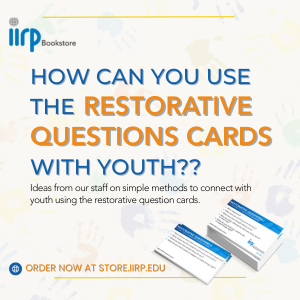
Unlock the power of meaningful conversations with the students and children in your life using the Restorative Questions. Not only are they extremely useful in resolving conflicts, but these questions elevate everyday moments into opportunities for connection and growth. Whether in the classroom, at home, or on the go, restorative practices foster understanding and strengthen relationships. Discover how these simple yet profound questions can enrich your interactions and empower young minds. Start your journey towards more impactful conversations today!
The questions, also called Affective Questions on the restorative practices continuum, follow a structured dialogue:
- What happened?
- What were you thinking of at the time?
- What have you thought about since?
- Who has been affected by what you have done? In what way?
- What do you think you need to do to make things right?
Our faculty and staff offered several ways to reframe the Restorative Questions, many of which they use with their families and children or in their own classrooms.
Use the questions proactively.
Don’t wait for a good conversation to happen! While the original questions are presented in a responsive format, making them proactive is a simple switch. Encourage turn-taking and active listening while you ask:
- What’s going well for you this week?
- Has anyone helped you recently? How?
- What’s something kind you’ve done lately?
Think about this: adults and teachers can use these questions proactively when witnessing random acts of kindness from students, such as a student helping a classmate in the hallway or lunchroom. The questions can remind adults to catch students doing "the right thing" and reinforce those positive behaviors with students.
Try the conversation out as a role-play.
Another proactive approach is interactive role-play to practice responding appropriately. Present hypothetical situations or common school scenarios (e.g., someone takes a toy, cuts in line). Then ask the group to role-play using the questions to resolve it. This makes the process fun and memorable while allowing children to reflect on how they would respond in any given situation.
Make the questions accessible.
Printing the Restorative Questions on the back of staff and student ID badges makes them easy to access and keeps them top of mind. Many conflicts happen in non-classroom spaces (e.g., recess, sports practices, school events, hallways, etc.) This approach is especially helpful when children and adults are emotionally dysregulated. In moments of stress, we are the least likely to be able to think clearly, and having the questions on hand without having to remember something from a training or a poster in a classroom can quickly redirect a tense conversation to a productive resolution.
Use them as a book reflection.
As you read a story with your child, pause along the way to ask the Restorative Questions and reflect more deeply on the moral of the story. Consider asking:
- What happened?
- What do you think they were thinking or feeling?
- Who was impacted and how?
- What could they do to make things right? Or, what did they do to make things right, fix the problem, or move forward?
This approach introduces the questions in a thoughtful way and helps them feel more approachable, which helps ease the tension when they are used with children to process a challenging situation in the future.
Most importantly, ask often and listen well with intention.
Part of feeling a true sense of belonging is having our voices heard. When students and youth in general have the opportunity to tell their stories, a light shines from them. Using the questions in moments of celebration will not only highlight the joys but also build a stronger connection. “This person cares what I have to say,” can easily become, “I’m having a problem and need that person who cares.”
Young people need adults to be present with them in the moment. Talking with children proactively or responsively, their support system wants to know what's happening in their life, how they feel, what they are thinking, and its impact on themselves and those in their lives. In responsive moments, the questions are focused on challenges and perhaps the need to make something better. In proactive discussions, the questions are focused on successes and joys. Either way, the questions serve as a guide in opening an authentic space to talk.
The first question, “What happened?” can apply to any situation: family, friends, children, coworkers. It can serve as the first response when someone shares joy, sorrow, frustration, or unexpected news. It does two things: it invites this person to share their story, and it reminds us to listen and provide space for them to share their experience.
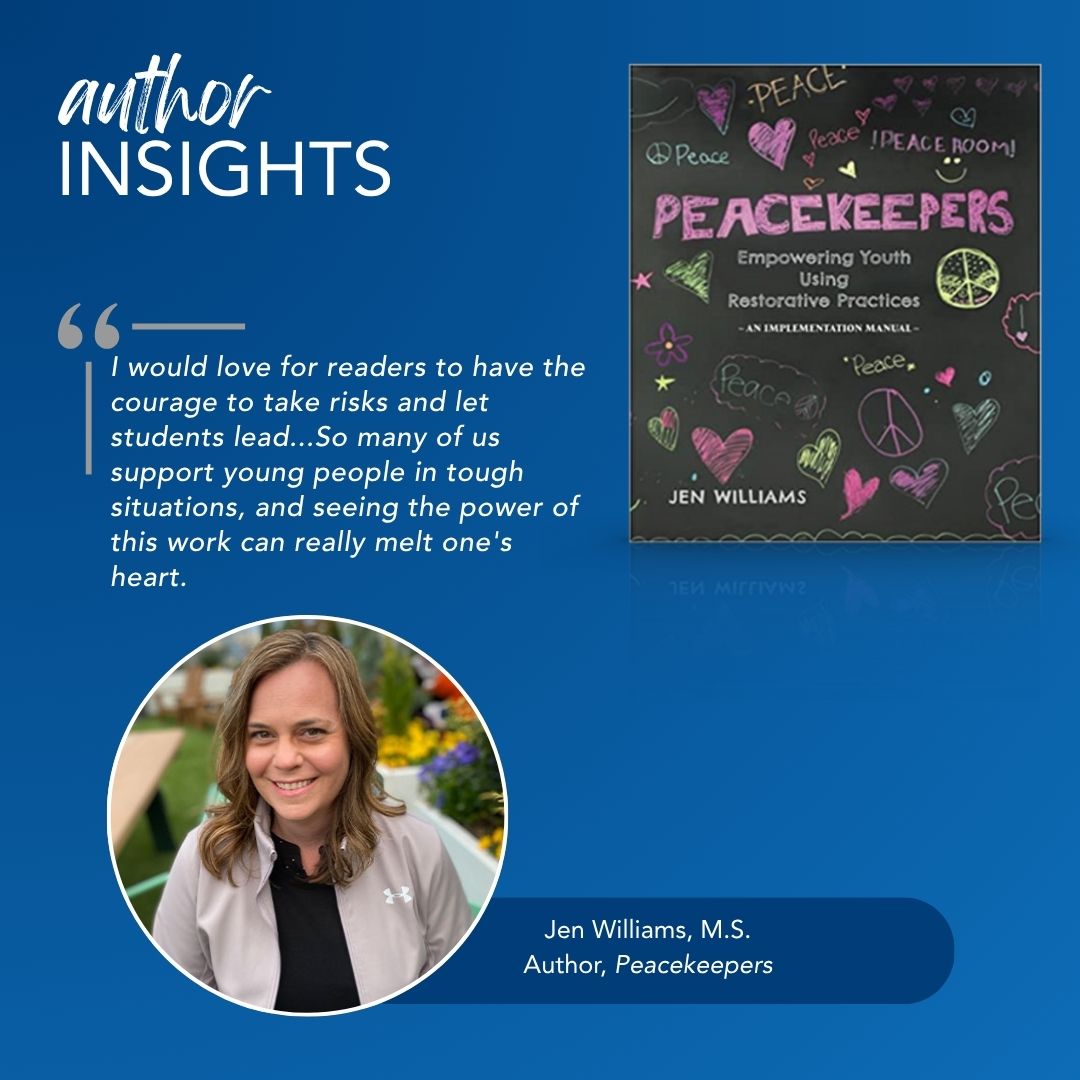
IIRP graduate-to-author, Jen Williams, provides us the keys needed to support youths in building their skills in conflict management, emotional regulation, and interpersonal accountability with ease and creativity.
Jen Williams has had a seasoned career in education as a counselor, consultant, and professional development instructor supporting educators across the country. With the publishing of Peacekeepers, she adds author to her list of accomplishments. Inspired by her time as a middle school counselor, Peacekeepers: An Implementation Manual for Empowering Youth Using Restorative Practices focuses on youths and looks at them as the experts in their own story. This workbook is a grab-and-go for those working with young people, featuring implementation plans and skills that can be applied immediately. The text positions young people as part of the solution, mediators of their own feelings and actions. It provides tools to empower and encourage them to resolve conflict by facilitating restorative justice conferences. Youth are guided into becoming Peacekeepers, those who have skills in navigating peer-to-peer conflict and upholding a culture of accountability and belonging. QR codes provide convenient access to cited articles, assessments, evaluations, and organizational tools. The approaches discussed in the workbook can be used in any education setting, faith-based organization, or youth-centered initiative. Jen joins us to answer some questions about the creation, use, and future of Peacekeepers.
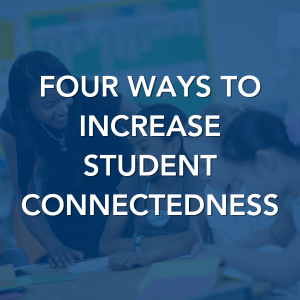
Classroom management approaches that support school connectedness have numerous positive outcomes for students. Recent studies show that youth who feel connected to their schools are more likely to have higher test scores, attendance records, and graduation rates, and make healthier decisions. They are less likely to experience poor mental health and engage in violence.
IIRP Lecturer Kiyaana Cox Jones, M.S., provides a few easy steps you can use to quickly and effectively boost the feeling of connectedness for your students:

From congregations to classrooms, working toward integrating restorative practices across the community.
Pam Duncan is a current IIRP student pursuing her Master of Science in Restorative Practices. She has been working to bring restorative practices to her community through a local congregation network. Through collaboration between a faith-based organization and her local school district, Pam is supporting the integration of restorative practices across the school district to combat the disproportionality of discipline among black and brown student populations.
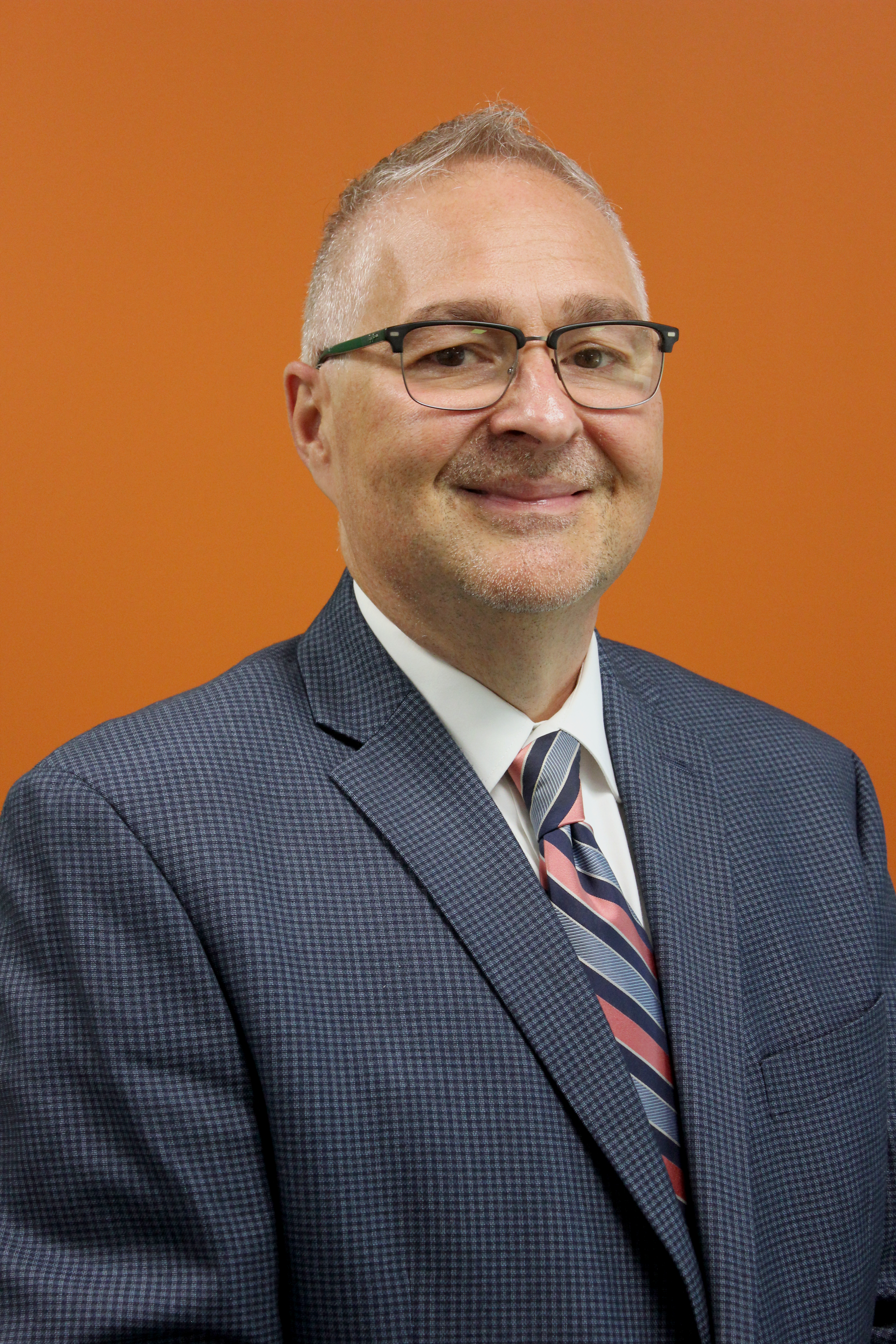
From schools to family court, combating chronic absenteeism with restorative practices
William Brown is a current IIRP student pursuing the Graduate Certificate in Restorative Practices. William serves as superintendent of Allegan Area Educational Service Agency in Allegan, Michigan, a county-wide school system within the state. The school system supports eight local school districts serving more than 13,500 students and 800 staff. It operates a Career in Technical Education (CTE) Center, an Early College program, and a special education center-based program. William joined us at the 2023 IIRP World Conference in Detroit and began his graduate education soon after. He is bringing back his insights to his local school system and expanding the use of restorative practices among the staff and students.

Introducing fair process and restorative practices to the next generation through music education and experiential learning.
Andrew Lynn is a current IIRP student pursuing his Master of Science in Restorative Practices. Andrew is an instrumental music teacher in the Bethlehem Area School District in Bethlehem, PA, teaching at one of the high schools and several elementary schools. At the high school level, he directs the Jazz Band, String Ensemble, and Celtic Ensemble and assists with the larger ensembles. He also serves as a musician in the 28th Division Band of the Pennsylvania Army National Guard as a Sergeant. Andrew utilizes restorative practices in the delivery of music education by facilitating circles using instruments and non-verbal communication. He leads with curiosity and is looking toward the future of restorative practices and experiential learning.
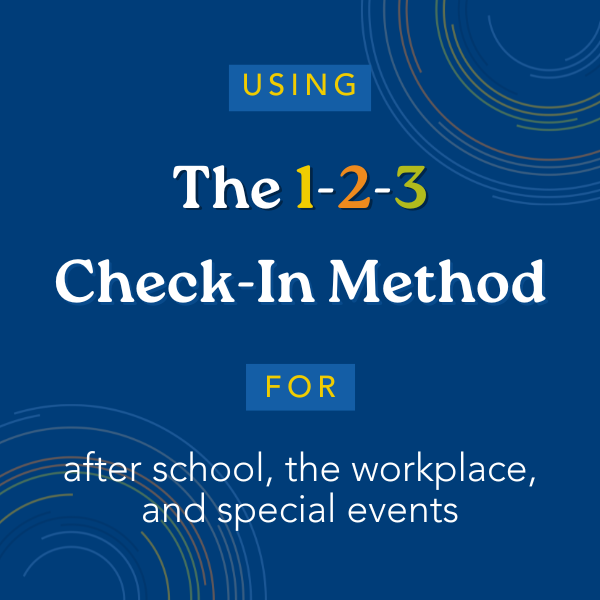
Build Relationships with the 1-2-3 Check-in Method
Proactively building relationships with check-ins and impromptu conversations can quickly and effectively deepen social connections. Utilizing the 1-2-3 Check-in Method does just that. We reached out to three Instructor and Implementation Coaches to understand how the 1-2-3 Check-in Method can be used in various scenarios. Here are their ideas:

Highlighting the intersections of school-based justice, support, and restorative practices.
Thomas Levy is pursuing a degree with the thesis option. As a school-based behavioral consultant supporting students with disabilities, his experience with this often underrepresented population is fueling the direction of his studies and thesis topic.
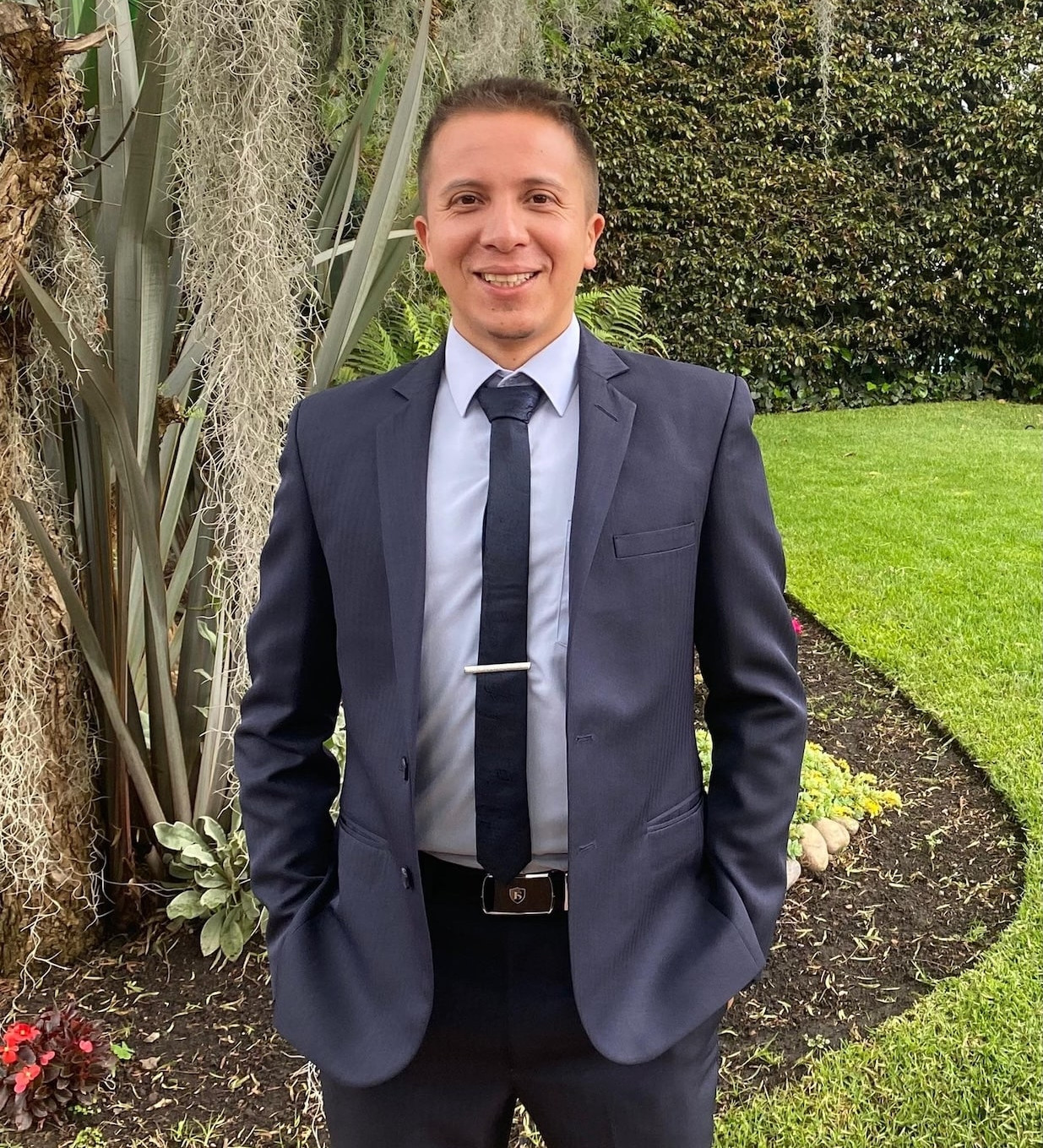
Working to heal a history of harm in Colombia with restorative practices
Daniel Rios is a current IIRP graduate degree student who works at the Council for Peace, Victims, and Reconciliation in Bogotá City Hall, Colombia, where he designs and implements restorative strategies to promote participation and reconciliation in communities affected by ongoing armed conflict. He also serves as a restorative practices facilitator at Human Partner, leading processes in school and community settings to foster positive relationships and promote nonviolence. In 2016 the government of Colombia signed a historic peace agreement with the largest guerrilla group in the country, the Revolutionary Armed Forces of Colombia (FARC). Despite this agreement, violence and its effects still ripple through communities across the country. Daniel discusses serving those affected by this ongoing political conflict, utilizing restorative practices to bring peace and reconciliation to victims, former insurgents, and the larger community.
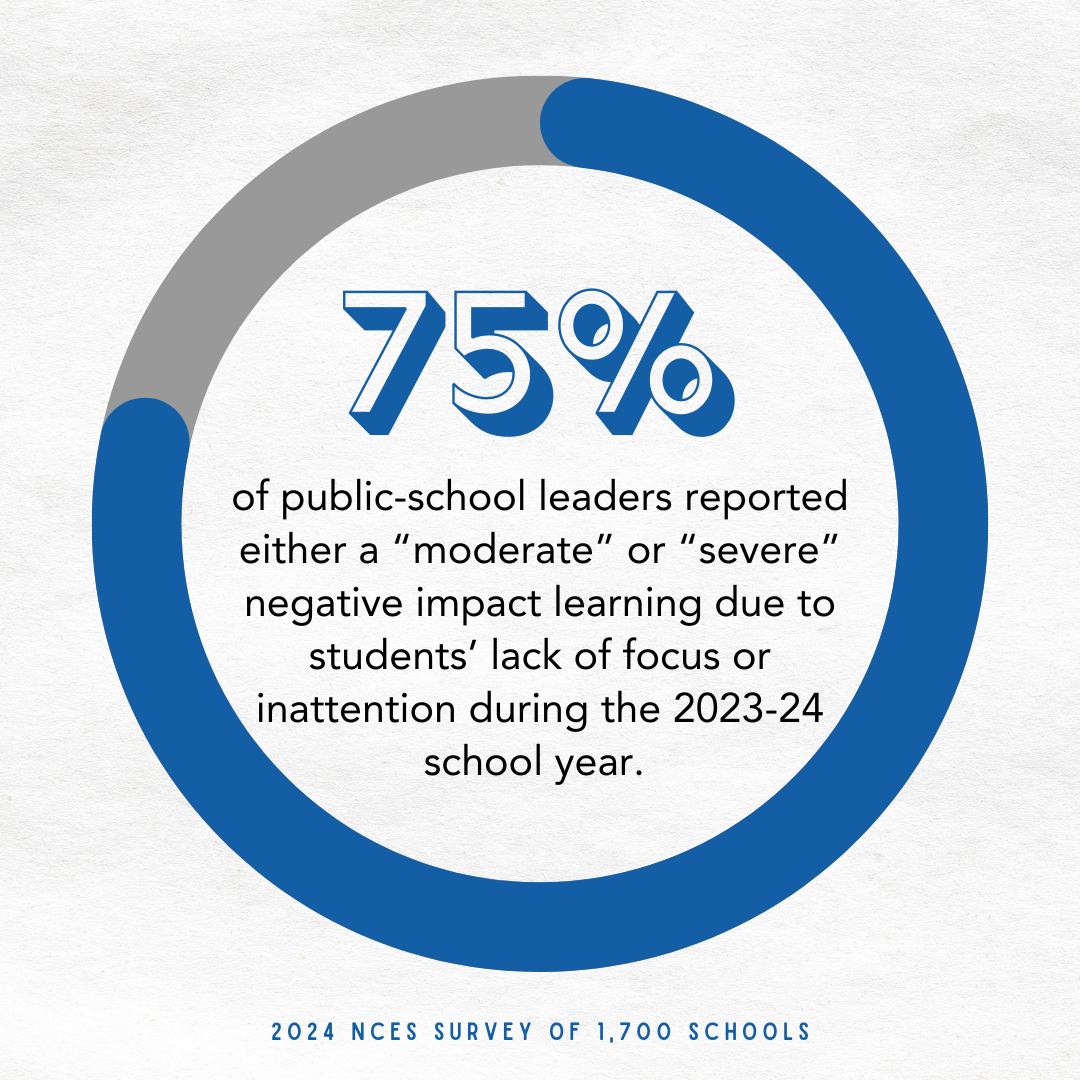
Leveraging restorative practices to increase student engagement
As schools across the United States continue to grapple with the lingering impacts of the COVID-19 pandemic on student outcomes, leaders in education have immense leverage with stakeholders in framing our approach to addressing persistent student and educator needs. This is highlighted in recent (2024) COVID-19-focused research from the National Center for Education Statistics (NCES). Summarizing survey responses from more than 1,700 K-12 schools in all U.S. states, the District of Columbia, and outlying areas, more than 25% of respondents reported that focus and attention issues amongst students had a “severe negative impact on learning” in the 2023-2024 school year. Agreement rose to 75% when including a “moderate or severe negative impact on learning.”
